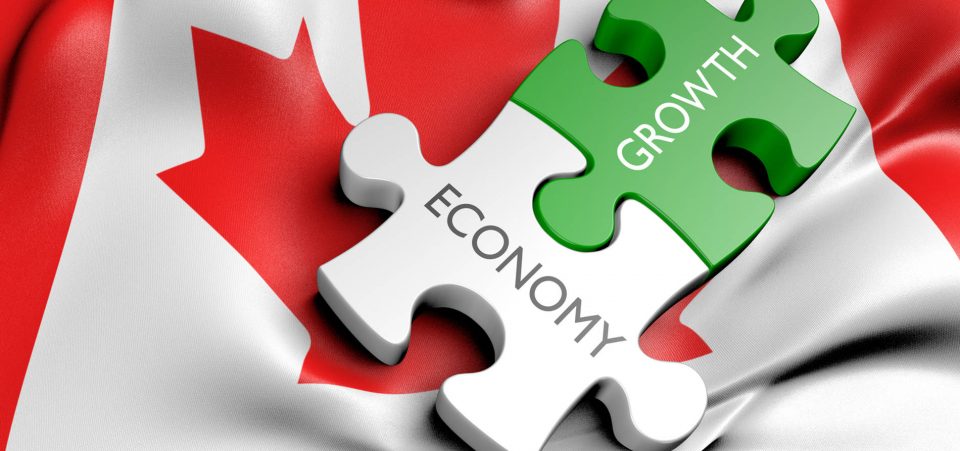On November 1, Statistics Canada reported that in August, the Canadian gross domestic product (GDP) witnessed the slowest growth in three months.
Statistics Canada reported that real GDP grew by 0.2% in August. In July, it grew 0.4%. In June, the Canadian GDP inched higher by 0.6%. Between August of 2015 and August of 2016, the Canadian GDP has only increased 1.3%. (Source: “Gross domestic product by industry, August 2016,” Statistics Canada, November 1, 2016.)
“Goods-producing industries,” which include agriculture, forestry, fishing and hunting, mining, quarrying, oil and gas extraction, utilities, construction and manufacturing, were the biggest factor contributing to GDP growth in August. They increased by 0.7% from July. When compared to the same period a year ago, goods-producing industries declined 0.9%.
Looking at the monetary value, in August, goods-producing industries were pacing at an annual rate of $490.94 billion.
“Services-producing industries,” which include wholesale trade, retail trade, transportation and warehousing, finance and insurance, health care and social assistance, public administration, and several others, lagged behind in August. They were unchanged from the previous month, but compared to August of 2015, they are up 2.2%.
The services-producing industries, in August, were growing at annual rate of $1.18 trillion.
GDP figures are used by economists and investors to examine the health of an economy. If the Canadian GDP growth rate improves, it means economy is growing. If it declines, it suggests that growth is slowing. If GDP figures see negative growth in two consecutive quarters, the economy is considered to be in a recession.
Over the past few years, Canadian GDP has been witnessing very slow growth. Not too long ago, the Bank of Canada also downgraded its outlook for the Canadian economy. It expects the country’s GDP to grow 1.1% in 2016, and two percent in both 2017 and 2018. (Source: “Bank of Canada maintains overnight rate target at 1/2 per cent,” Bank of Canada, October 19, 2016.)
Statistics Canada will report September’s GDP figures on November 30.
At the time of writing, the U.S. dollar to Canadian dollar currency pair was trading at 1.33. Since the beginning of 2016, it has declined roughly three percent.






